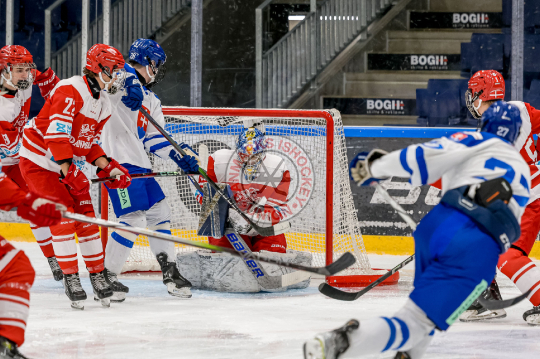In the near future it may be common to buy seaweed and mussels in Danish supermarkets when shopping for dinner.
The Danish business, agriculture and research industries see great potential in planting seaweed forests and farming mussels in the ocean areas surrounding the Danish coastline.
“There is huge potential in converting our ocean resources into a sustainable strategy in which we can produce algae and mussels which can be included in a cradle-to-cradle mentality that can recirculate our productions,” Lars Hvidtfeldt, the deputy head of the Danish Agriculture and Food Council, told Politiken newspaper.
“There is a lot of area in the sea not currently being used that we can use for production.”
As well as cleaning pollution from the sea, seaweed and mussels can also be used for human and animal food. Proteins in seaweed and mussels can, for instance, replace part of the huge quantity of soy that Denmark imports from South America.
READ MORE: Copenhagen harbour founded on old rubbish
Financial and environmental potential
And it could become an invaluable resource in feeding the continuously increasing population of the world.
“In the future, we must begin to utilise the ocean territories better if we hope to feed the world,” Jens Kjerulf Petersen, a professor at the national shellfish centre, Dansk Skaldyrcenter, a part of the Danish Technical University that researches the cultivation of mussels and seaweed.
“We don’t have more land in Denmark, but we do have vast unutilised resources in the Danish seas and lack protein sources, and the climate reports say that there will be a food shortage,” Petersen said.
As of today, Denmark farms about 1,000 tons of mussels, while seaweed farming is done mostly in conjunction with research.
But researchers believe that if Denmark dedicates just one percent of its sea territory to seaweed farming, it could generate 10 billion kroner, save 10,000 square metres of Brazilian rainforest and further reduce Denmark’s CO2 emissions by five percent.
In related news, Copenhagen Harbour is the setting for an underwater gardening experiment by the maritime gardening association, Maritime Nyttehaver, which has been cultivating shellfish in the blue depths beneath the Kalvebod Bølge sea promenade on, Kalvebod Brygge.
Preliminary testing of tissue from mussels that have been raised in the harbour has shown that the water is clean enough for the shellfish to be considered edible.
Next week, the association plans to introduce about 600 oysters to the underwater garden.












